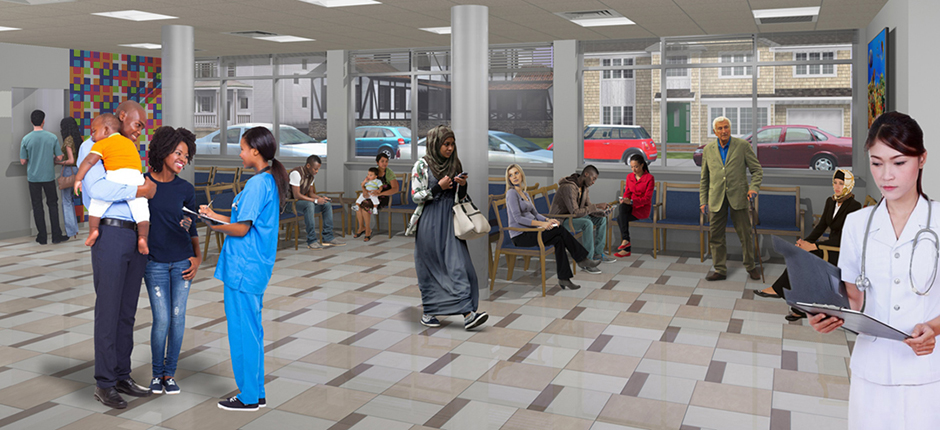According to a new survey, prefab is becoming the name of the game in at least four sectors
The benefits of prefabrication are many. It saves time and money. It helps reduce the need for hard-to-find skilled labor. It boosts the safety of jobsite workers and reduces waste. No wonder more contactors are using it.
According to the Q1 2018 USG Corporation + U.S. Chamber of Commerce Commercial Construction Index, half of all contractors using prefabricated and modular approaches expect to increase their use in the next three years.
The report, based on a survey of decision makers at small, midsize and large contractors, notes that 62 percent general contractors currently use prefabricated/modular components. The numbers vary by region — 69 percent of respondents in the Northeast and 65 percent in the Midwest use them, vs. 48 percent in the West and 24 percent in the South. They also vary by revenue: Most (80 percent) companies with annual revenues of $100 million use prefab/modular compared with 27 percent of companies with revenues of less than $10 million.
RELATED: Construction Trends by Region
Sectors in which respondents reported the highest demand are hotels/motels, healthcare facilities, manufacturing buildings and multifamily residential. The top three reported uses are, in order:
- Exterior walls
- Building superstructures
- Mechanical, electrical and plumbing building systems

Modular building in the Big Apple
New York City is one of prefab’s many proving grounds. The modular citizenM hotel is nearing completion there, and earlier this month, the city’s Department of Housing Development and Preservation issued a request for information and interest in modular housing construction intended for low-income residents and seniors. The developer of the city’s first prefabbed high-rise hit rough terrain along the way; now the city is apparently setting its sights on mid-rise multifamily buildings. Deputy Mayor Alicia Glen hopes the declaration of intent will help the city “crack the code” for modular building in the city, according to The Real Deal.
The city is also looking at modular solutions for new healthcare facilities. Municipal public healthcare system NYC Health + Hospitals, the largest public health care system in the country, used modular construction to quickly replace a Brooklyn healthcare clinic after it was destroyed by Hurricane Sandy. Now it’s building a two-story ambulatory care facility in Staten Island using prefabricated components as part of an effort to expand healthcare access in underserved communities.
Marianne Wait is an editor and writer who creates content for Fortune 500 brands.
Image Credits: Courtesy of NYC Health + Hospitals

